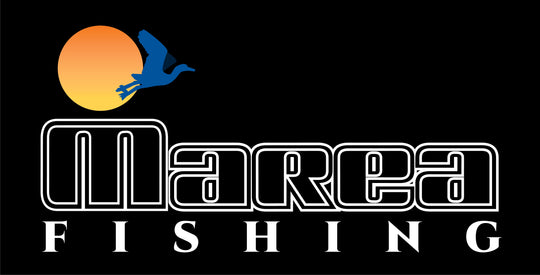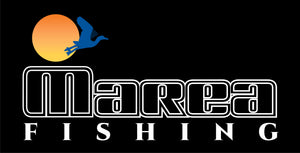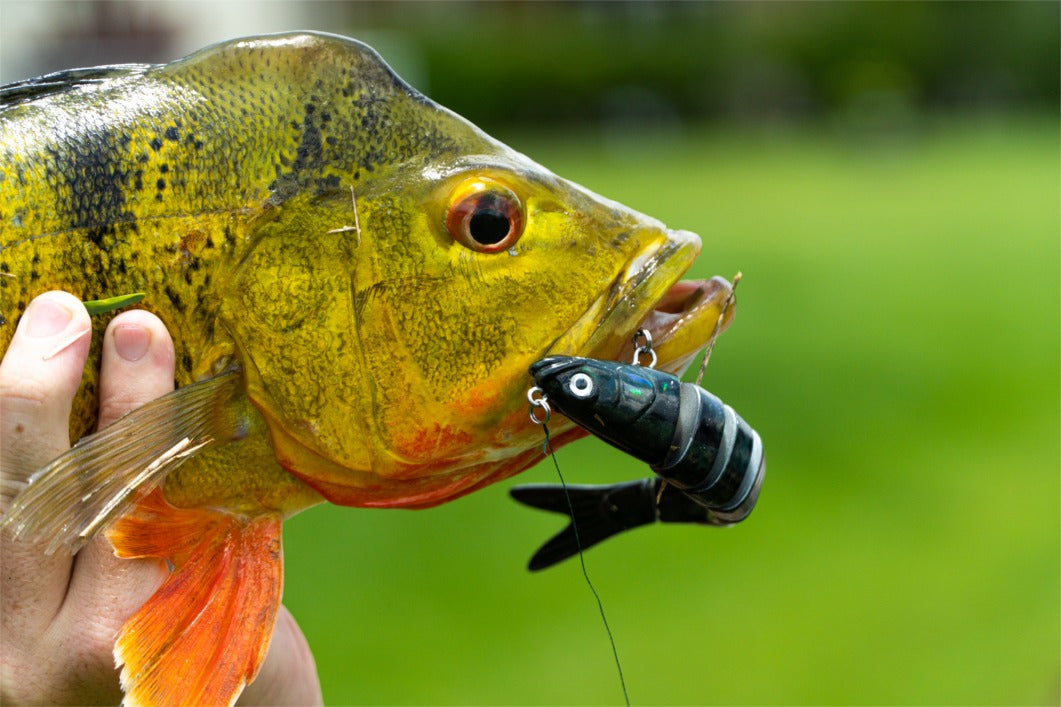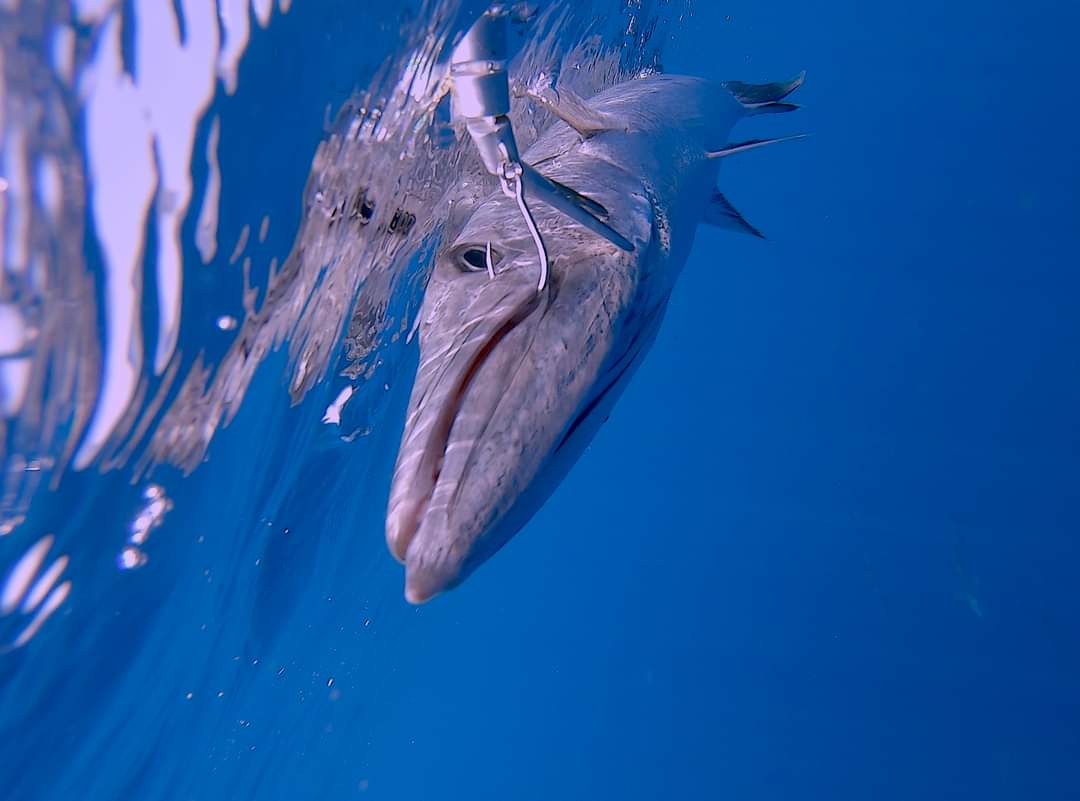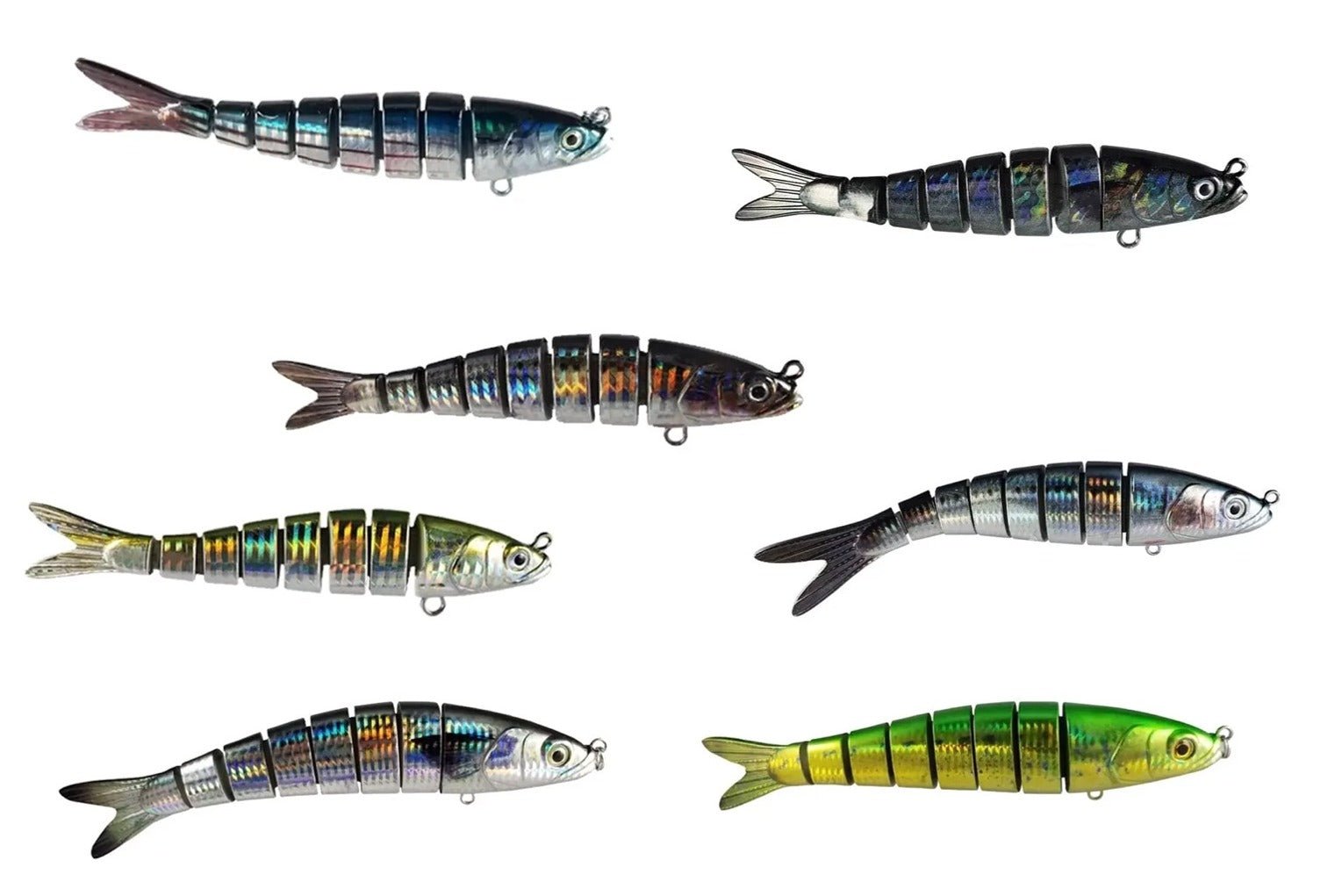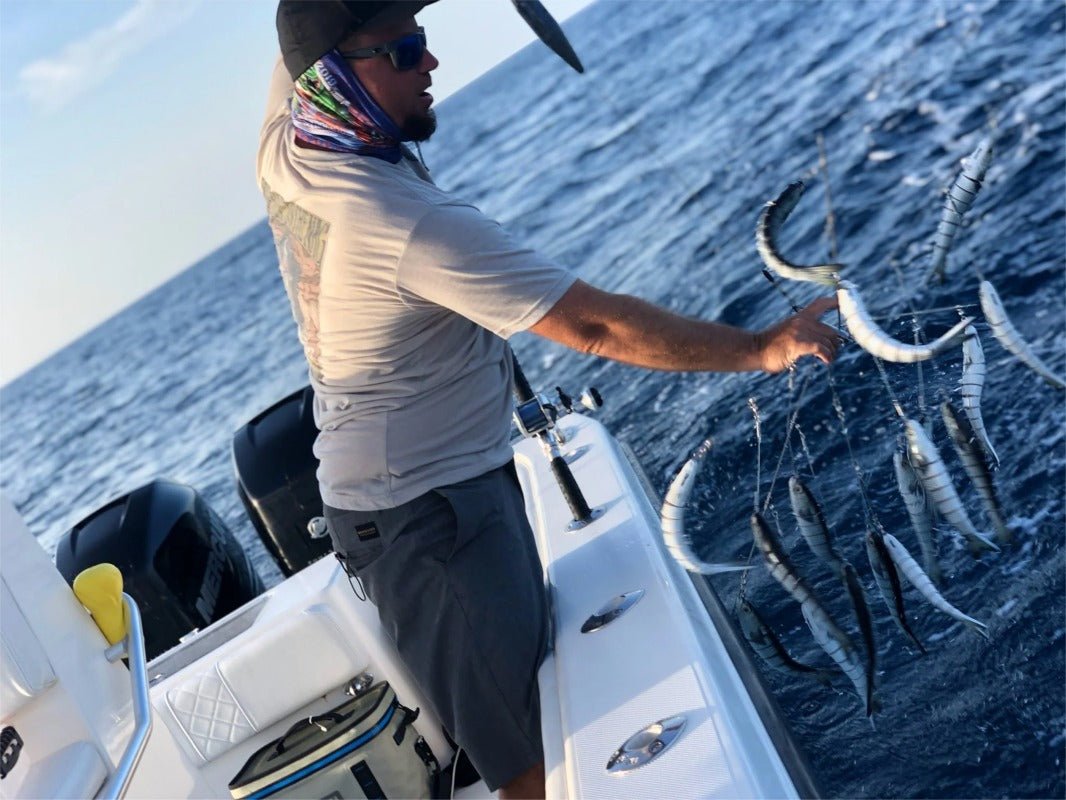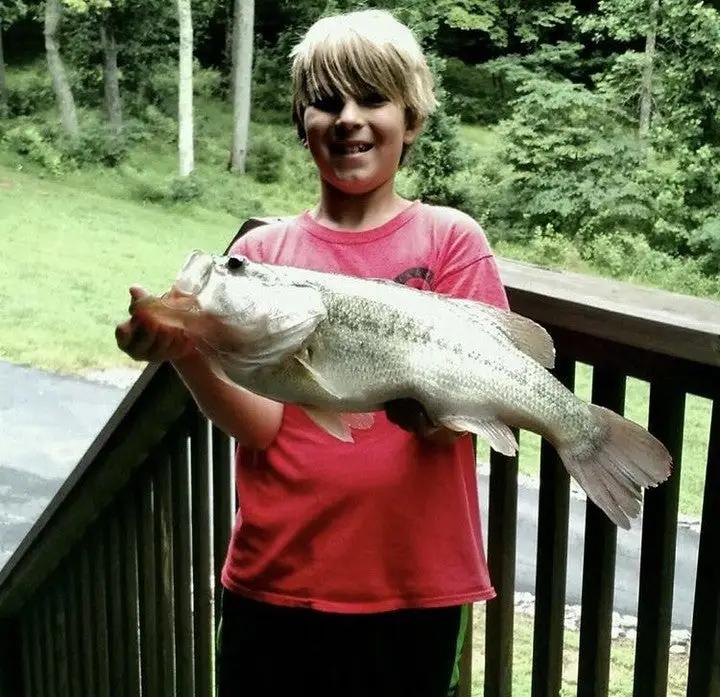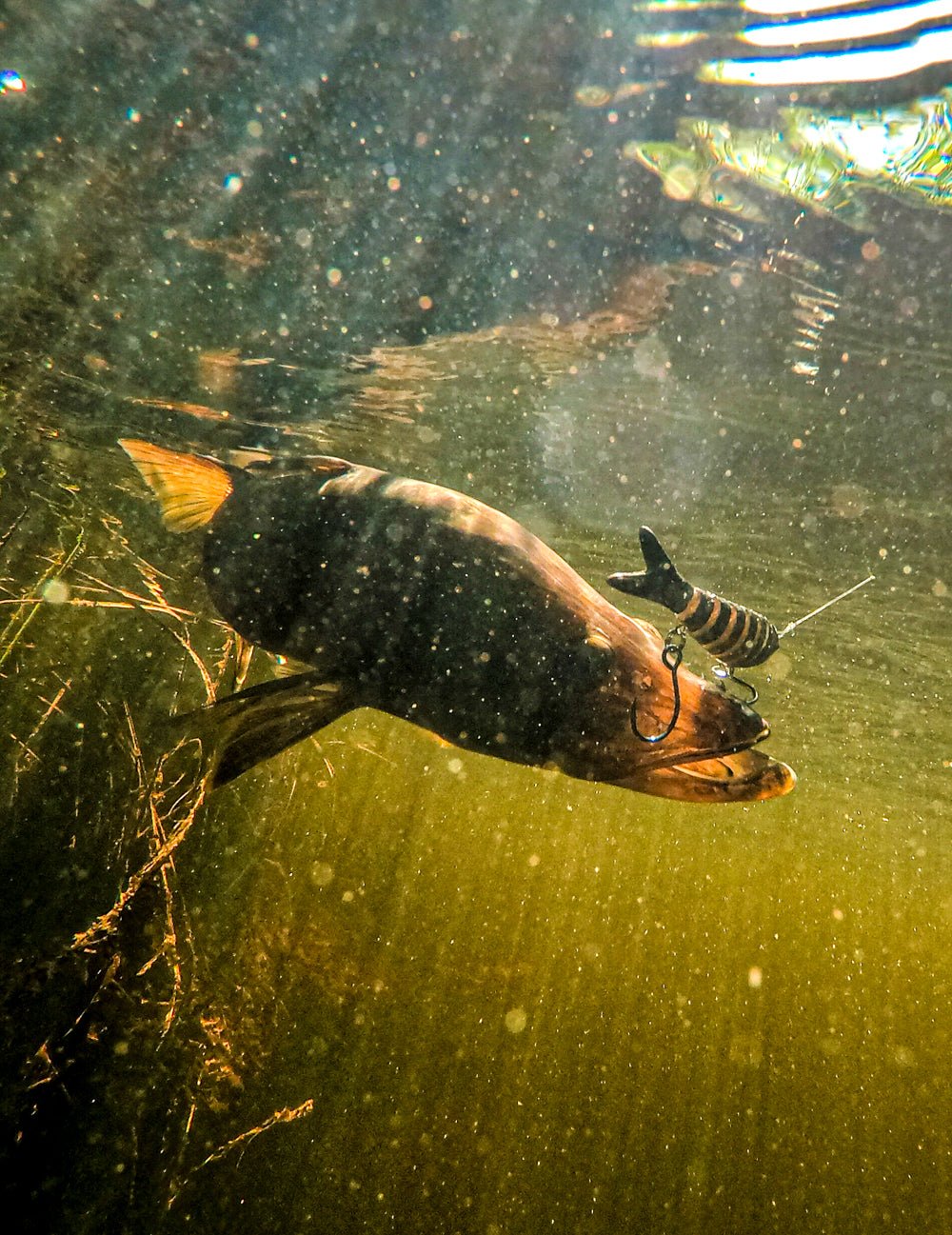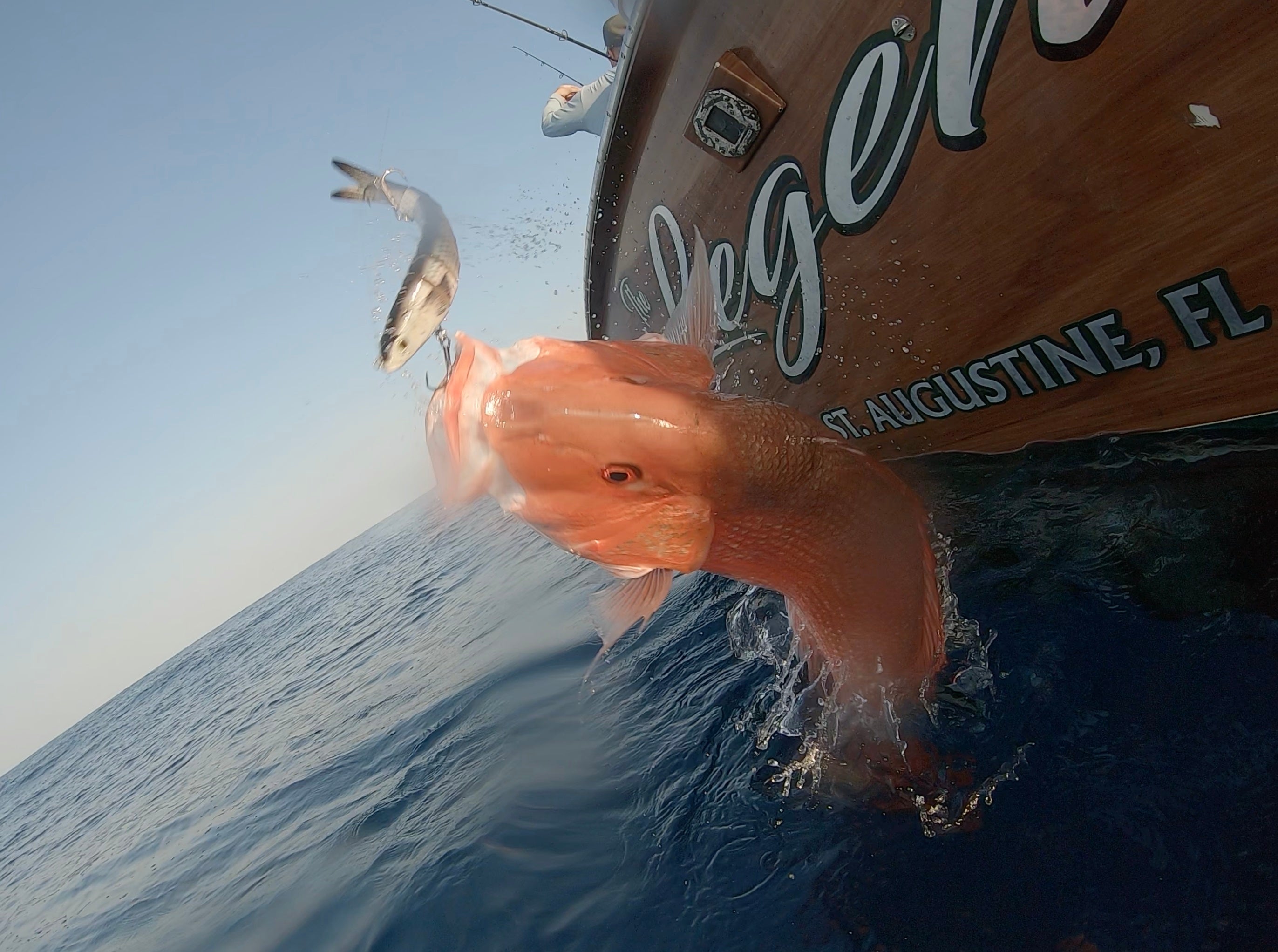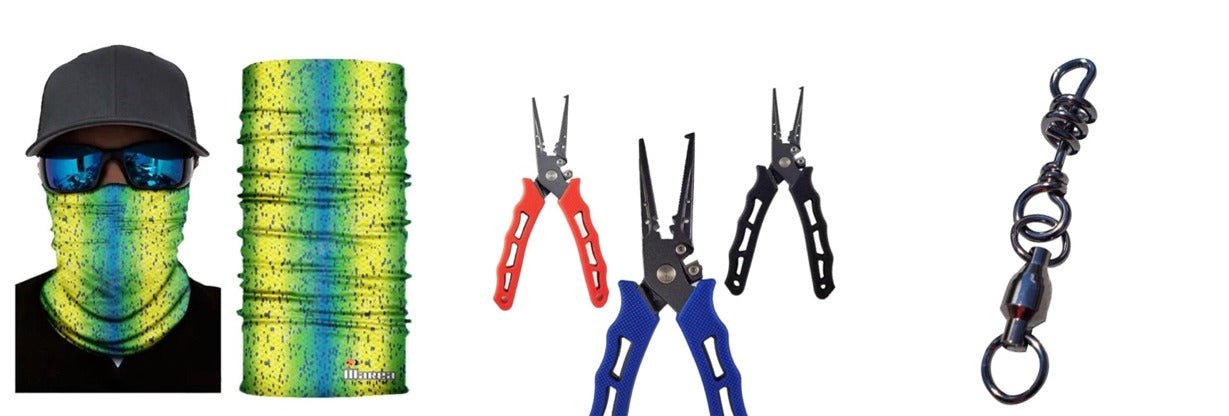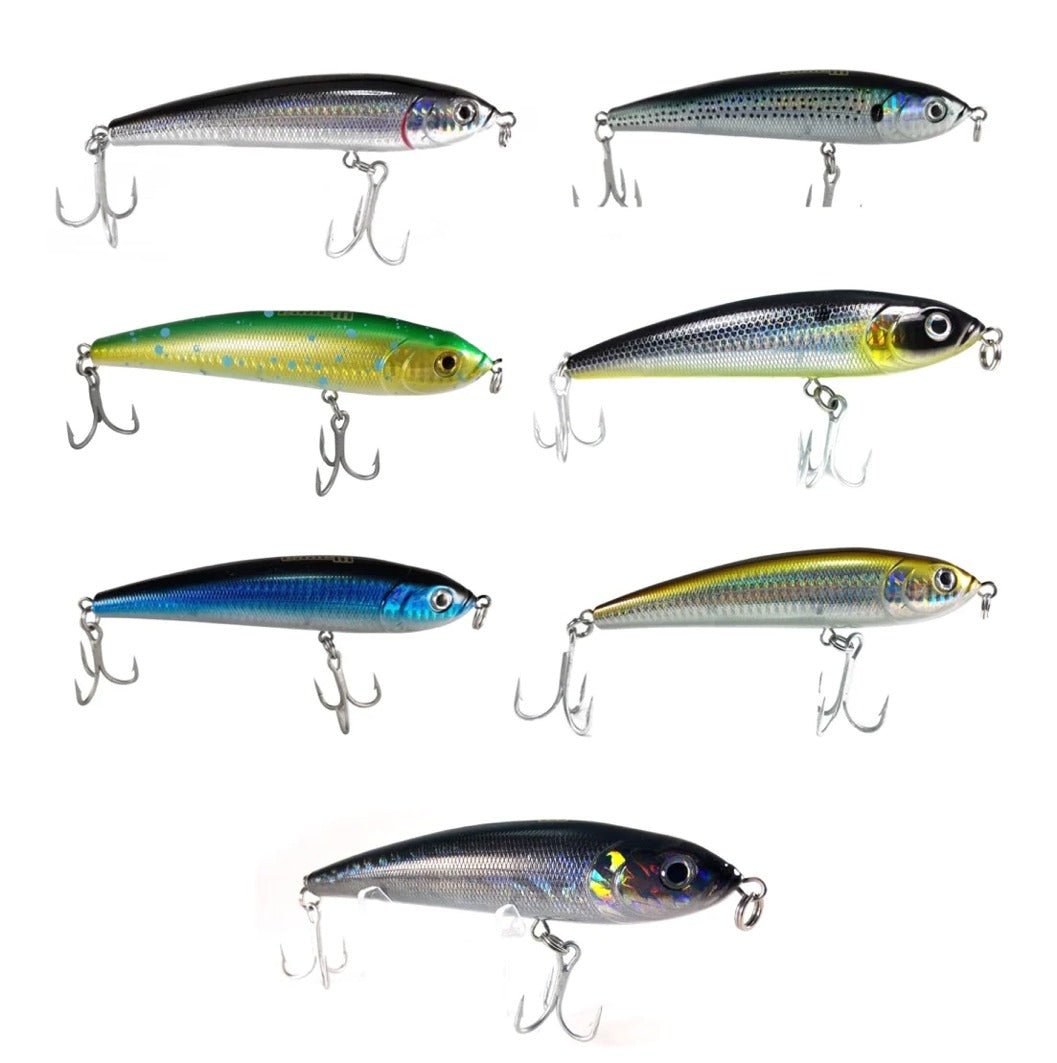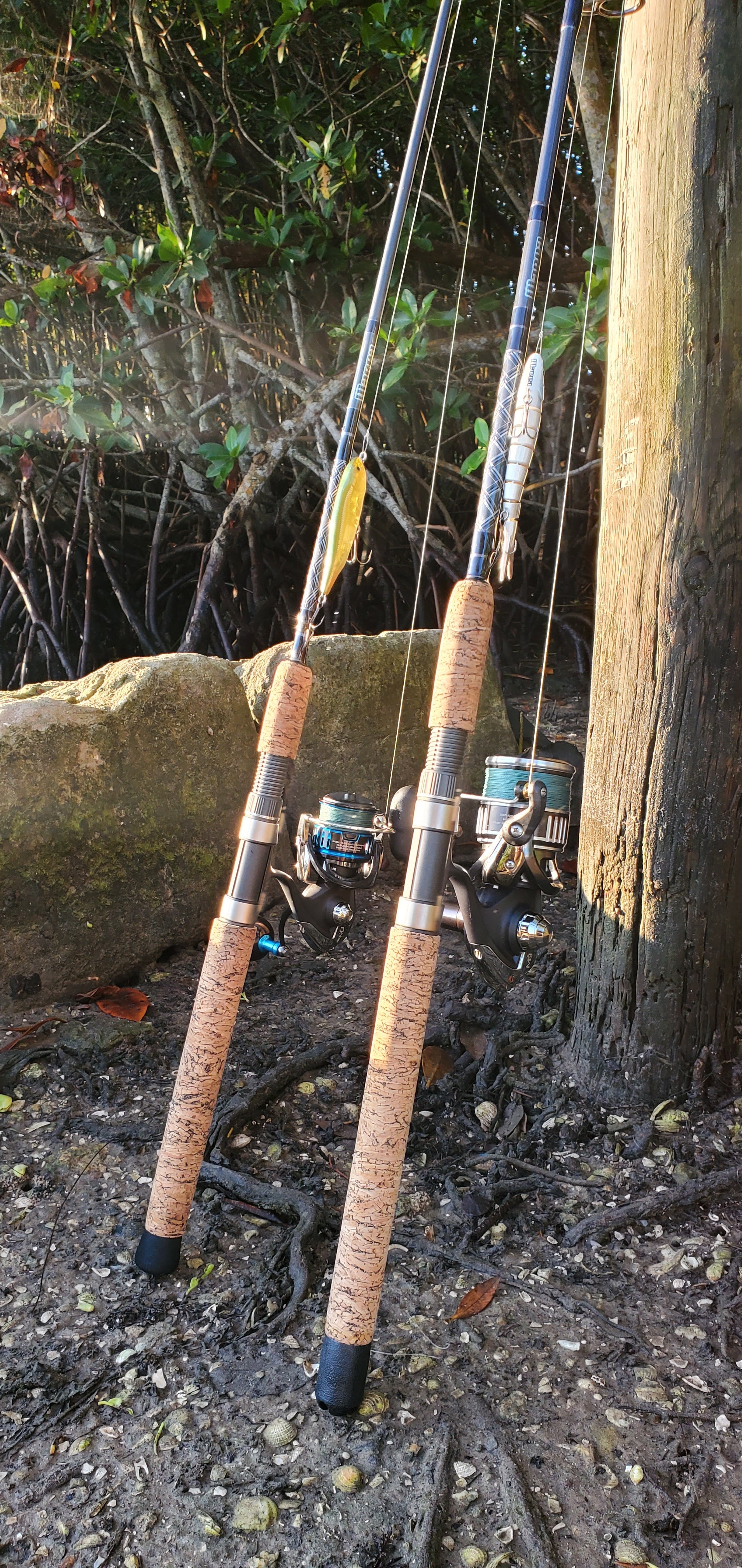Slow Trolling Using Fishing Dredges
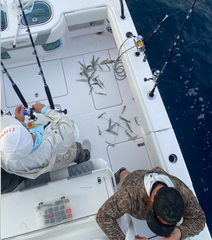
In the exciting world of saltwater sportfishing, few techniques can match the effectiveness and thrill of slow trolling using fishing dredges. As a seasoned captain plying the azure waters off Florida's coast & the Bahamas, I've learned to hone down certain techniques over years & turning it into an art form that consistently yields impressive catches. In this comprehensive guide, I'll share my insights and experiences from friends and fellow skippers at the top of their craft to help maximize your bites and elevate your slow trolling game.
Understanding the Basics of Slow trolling with dredges
Slow trolling with dredges is a method designed to create an irresistible illusion of a school of baitfish, thereby attracting predatory game fish. A dredge is a multi-armed frame, typically circular, to which numerous lures or baitfish (natural or artificial) are attached. When towed behind the boat, it mimics a small school of fish, a sight that game fish find hard to ignore. It’s quite simple, don’t you think any predator within a half mile radius will feel those vibrations and stress signals given off by the dredge (s) deployed behind your vessel and come see what’s going on? You bet!
The Right Gear & Right Crew
To get started, you need the right gear. A typical setup includes a heavy-duty bent butt fishing rod or dredge boom and conventional reel, a sturdy dredge, and an assortment of baits or lures. I prefer high-quality, co-polymer or monofilament lines for their strength and durability, especially when targeting larger species like marlin or sailfish. I choose mono as the stretch found in traditional monofilament is needed to absorb the shock to the line when the boat is traveling between waves or sea conditions change as they do so often in Florida and the Caribbean. Perhaps just as vital is having a dedicated crew that works in unison when deploying and retrieving the dredges, positioning & presenting the baits perfectly alongside the dredges. A well-seasoned captain running his crew orchestrates every change in the spread and a well-tuned in crew will eliminate miss opportunities.

Dredge Selection & Rigging
Choosing the right dredge is crucial. Not all dredges are created the same and extensive rigging and tuning in the dredge to swim as lifelike as a real bait ball behind the boat. There are various types available, from simple 6-arm frames to more complex 12-arm or even 24-arm structures. The choice largely depends on your target species and the local fishing conditions. In Florida, where I fish, I often use a heavy gauge wire, 6-arm dredge rigged with artificial baits for versatility and durability. We’ve found that a lighter dredge, rigged with 5”- 8” baits work well for most species we target here like sailfish, mahi-mahi, king mackerel, blackfin tuna, or wahoo. Going to big on the baits will create more drag in the water, which in turn means may take a little bit longer to clear the dredge after a strike and every second counts to get the fish to the boat.
Rigging the dredge properly is key. Ensure that the baits are securely attached and evenly spaced. The goal is to create the most natural-looking bait ball possible. Some anglers prefer artificial baits for ease of use and durability, while others swear by the effectiveness of natural bait. I often use artificial teaser baits, such as Fire Tailz strips or Motion Minnow Teaser baits, eliminates the thought of constantly having to worry about your natural baits washing out or falling off or clipped by a toothy critter down below.
Boat Handling and Speed for slow trolling
Boat handling is critical in slow trolling. The idea is to move just fast enough to keep the dredge and baits swimming realistically. Typically, this means maintaining a speed of 2-4 knots, depending on the sea conditions and the target species. The sea state, speed of current, and strength of wind will dictate what will be the ideal speed to move your live baits behind the dredge in position to consistently get bit. It's important to adjust your speed to ensure that the dredge swims just below the surface, creating the most natural presentation.

Tactical Considerations
When slow trolling with a dredge, it’s not just about dragging a bait ball behind the boat. It's about creating a scenario that piques the interest of predatory fish. This means considering the direction of your troll relative to the current and wind, the depth at which you're fishing, and the type of bottom structure below.
In my experience, predatory fish such as sailfish, wahoo, or tuna often attack from below or behind the dredge. Therefore, we always keep a few lines rigged and ready to drop back immediately when I notice a following fish. This quick response can often turn a curious follower into a solid hookup.
For Maximizing Bites
The real secret to maximizing bites lies in the details. Pay attention to how the fish are reacting to your spread. If you notice followers but no bites, consider changing up your bait presentation or adjusting your trolling speed. Sometimes, simply altering the color or size of the baits can make a huge difference. Matching the hatch has been HUGE to my success. For example, if you hear through the grapevine from buddies that tinker mackerel have been around in numbers, then it might be good to load up the dredge with baits replicating a tinker.
Additionally, I often use teaser lines and additional lures in conjunction with the dredge to create an even more enticing scene. The combination of a well-presented dredge and strategically placed teasers can be irresistible to game fish. An inline daisy chain of fish imitations or squid work well in helping draw more attention to your spread.
Safety and Conservation
While focusing on maximizing bites, it's essential not to overlook safety and conservation. Always ensure that your gear is in good condition and that you're following all local regulations and guidelines. As a responsible angler, be sure to practice catch and release whenever possible, especially with endangered or highly targeted species such as sailfish.
Conclusion
Slow trolling with fishing dredges is a highly effective technique that, when executed correctly, can yield remarkable results. It combines the thrill of sportfishing with the satisfaction of mastering a sophisticated angling method. By understanding the basics, choosing the right gear, and paying attention to the finer details, you can significantly increase your chances of a successful outing.
Remember, every day on the water is an opportunity to learn and improve. So, gear up, head out, and experience the joy of saltwater slow trolling using deadly dredges. Here's to tight lines and getting bit!
-Capt. Carlos
